T. Marwala
Fuzzy finite element model updating using metaheuristic optimization algorithms
Jan 03, 2017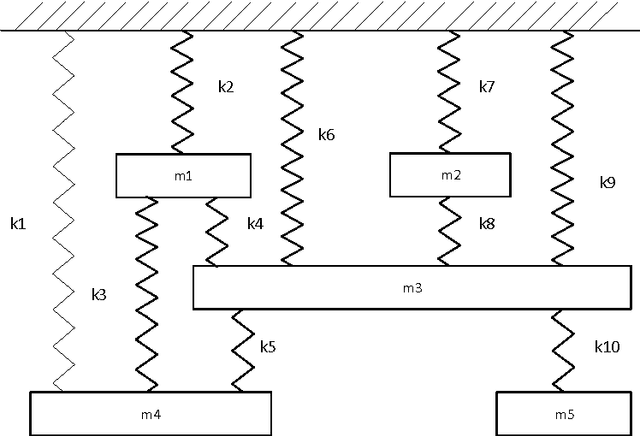

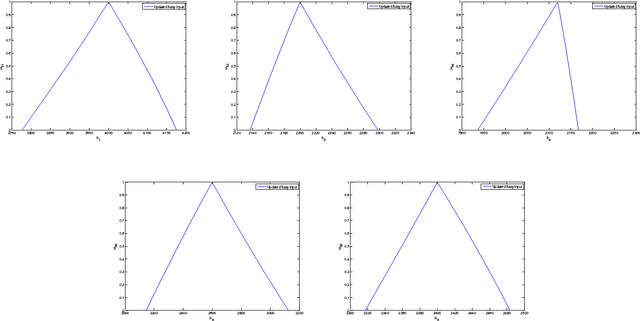

Abstract:In this paper, a non-probabilistic method based on fuzzy logic is used to update finite element models (FEMs). Model updating techniques use the measured data to improve the accuracy of numerical models of structures. However, the measured data are contaminated with experimental noise and the models are inaccurate due to randomness in the parameters. This kind of aleatory uncertainty is irreducible, and may decrease the accuracy of the finite element model updating process. However, uncertainty quantification methods can be used to identify the uncertainty in the updating parameters. In this paper, the uncertainties associated with the modal parameters are defined as fuzzy membership functions, while the model updating procedure is defined as an optimization problem at each {\alpha}-cut level. To determine the membership functions of the updated parameters, an objective function is defined and minimized using two metaheuristic optimization algorithms: ant colony optimization (ACO) and particle swarm optimization (PSO). A structural example is used to investigate the accuracy of the fuzzy model updating strategy using the PSO and ACO algorithms. Furthermore, the results obtained by the fuzzy finite element model updating are compared with the Bayesian model updating results.
Missing Data Prediction and Classification: The Use of Auto-Associative Neural Networks and Optimization Algorithms
Mar 21, 2014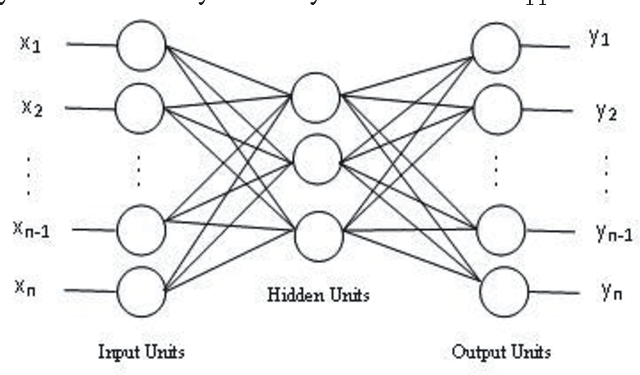
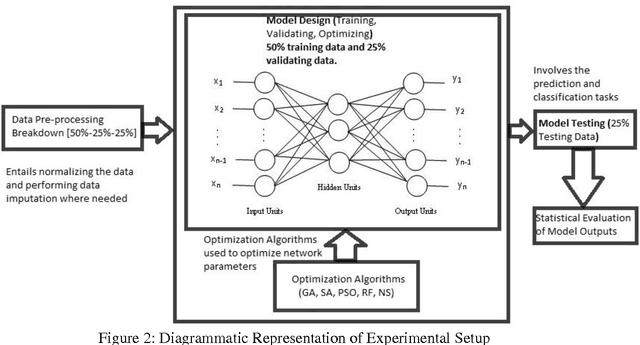
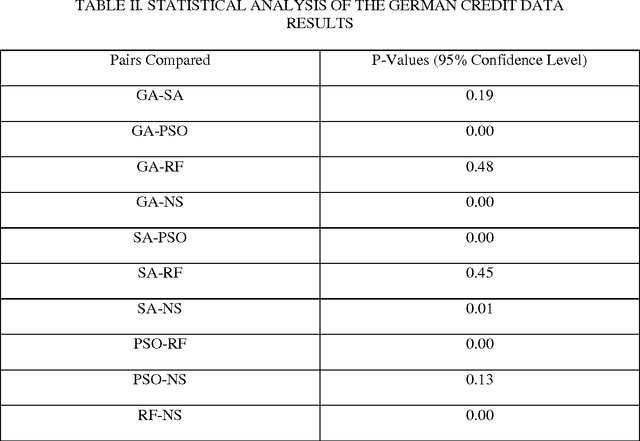
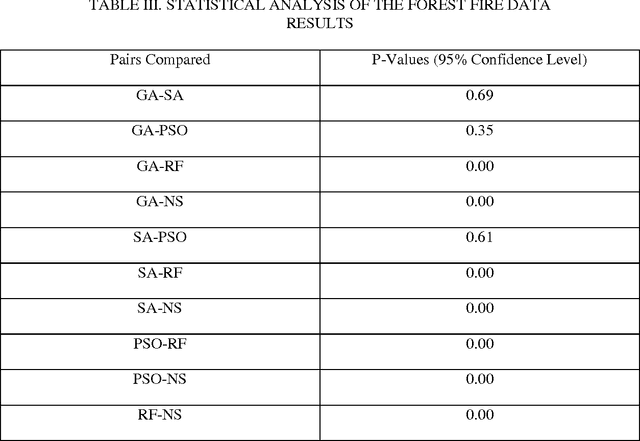
Abstract:This paper presents methods which are aimed at finding approximations to missing data in a dataset by using optimization algorithms to optimize the network parameters after which prediction and classification tasks can be performed. The optimization methods that are considered are genetic algorithm (GA), simulated annealing (SA), particle swarm optimization (PSO), random forest (RF) and negative selection (NS) and these methods are individually used in combination with auto-associative neural networks (AANN) for missing data estimation and the results obtained are compared. The methods suggested use the optimization algorithms to minimize an error function derived from training the auto-associative neural network during which the interrelationships between the inputs and the outputs are obtained and stored in the weights connecting the different layers of the network. The error function is expressed as the square of the difference between the actual observations and predicted values from an auto-associative neural network. In the event of missing data, all the values of the actual observations are not known hence, the error function is decomposed to depend on the known and unknown variable values. Multi-layer perceptron (MLP) neural network is employed to train the neural networks using the scaled conjugate gradient (SCG) method. Prediction accuracy is determined by mean squared error (MSE), root mean squared error (RMSE), mean absolute error (MAE), and correlation coefficient (r) computations. Accuracy in classification is obtained by plotting ROC curves and calculating the areas under these. Analysis of results depicts that the approach using RF with AANN produces the most accurate predictions and classifications while on the other end of the scale is the approach which entails using NS with AANN.
Finite Element Model Updating Using Fish School Search Optimization Method
Aug 10, 2013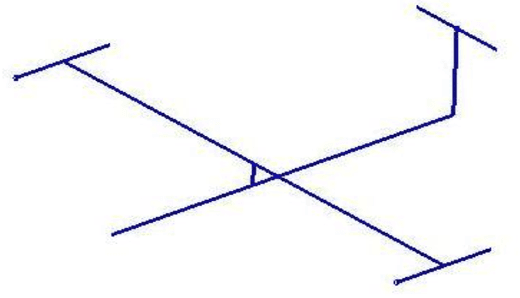

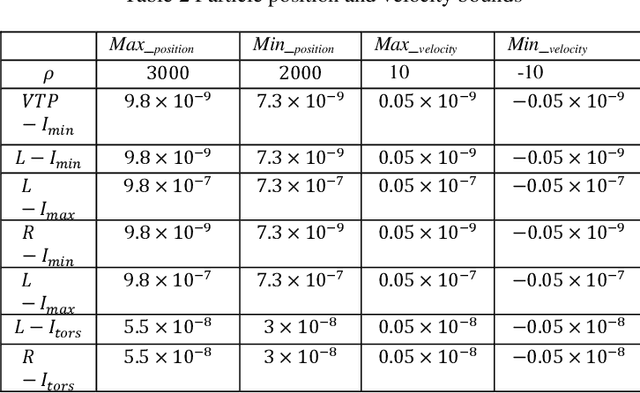
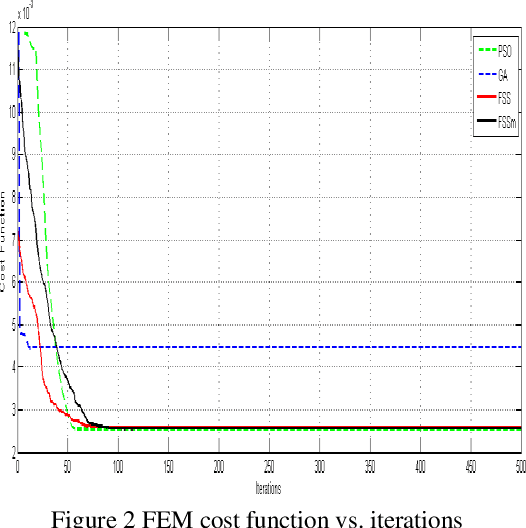
Abstract:A recent nature inspired optimization algorithm, Fish School Search (FSS) is applied to the finite element model (FEM) updating problem. This method is tested on a GARTEUR SM-AG19 aeroplane structure. The results of this algorithm are compared with two other metaheuristic algorithms; Genetic Algorithm (GA) and Particle Swarm Optimization (PSO). It is observed that on average, the FSS and PSO algorithms give more accurate results than the GA. A minor modification to the FSS is proposed. This modification improves the performance of FSS on the FEM updating problem which has a constrained search space.
Single-trial EEG Discrimination between Wrist and Finger Movement Imagery and Execution in a Sensorimotor BCI
Aug 26, 2011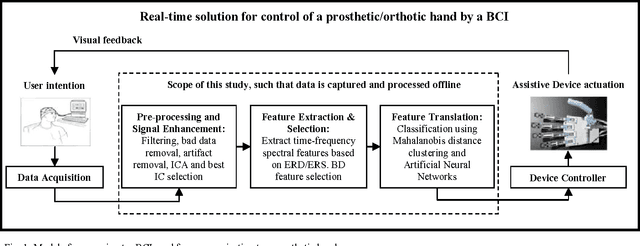
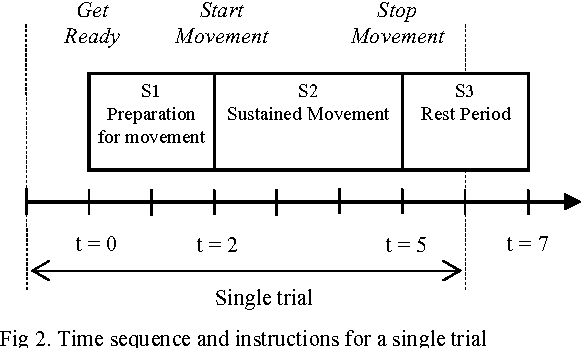
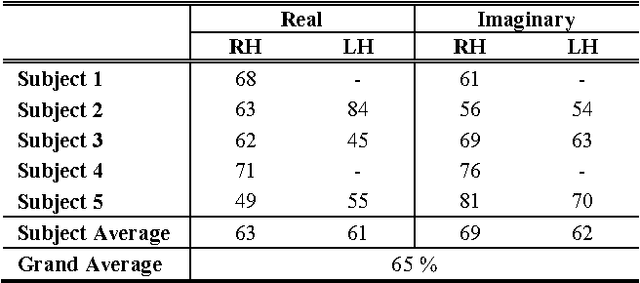
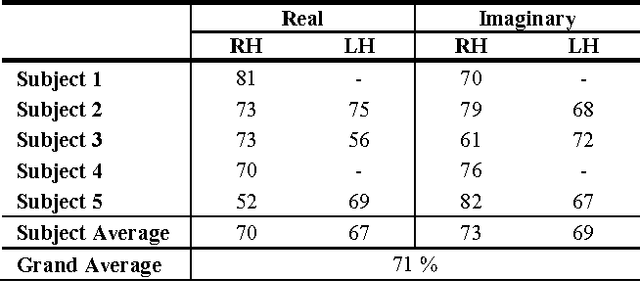
Abstract:A brain-computer interface (BCI) may be used to control a prosthetic or orthotic hand using neural activity from the brain. The core of this sensorimotor BCI lies in the interpretation of the neural information extracted from electroencephalogram (EEG). It is desired to improve on the interpretation of EEG to allow people with neuromuscular disorders to perform daily activities. This paper investigates the possibility of discriminating between the EEG associated with wrist and finger movements. The EEG was recorded from test subjects as they executed and imagined five essential hand movements using both hands. Independent component analysis (ICA) and time-frequency techniques were used to extract spectral features based on event-related (de)synchronisation (ERD/ERS), while the Bhattacharyya distance (BD) was used for feature reduction. Mahalanobis distance (MD) clustering and artificial neural networks (ANN) were used as classifiers and obtained average accuracies of 65 % and 71 % respectively. This shows that EEG discrimination between wrist and finger movements is possible. The research introduces a new combination of motor tasks to BCI research.
Artificial Neural Network and Rough Set for HV Bushings Condition Monitoring
Aug 23, 2011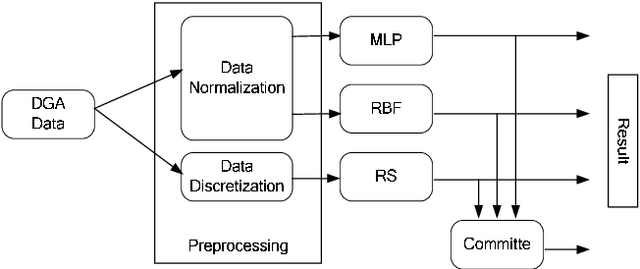
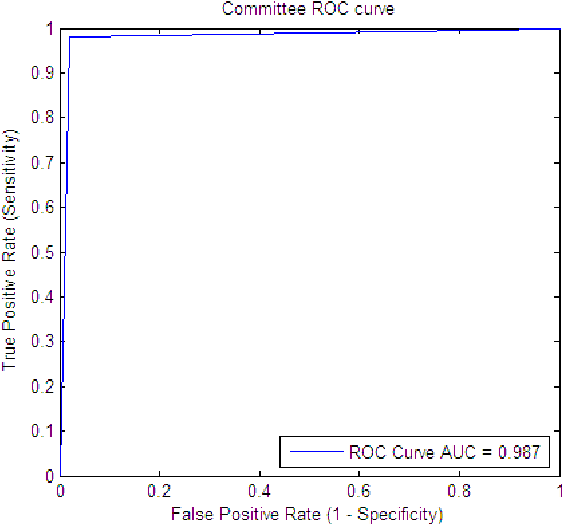

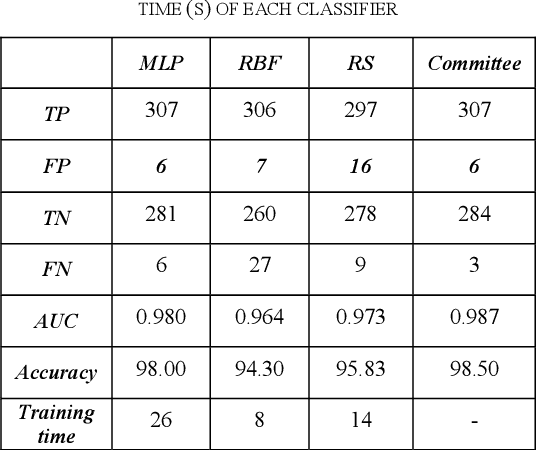
Abstract:Most transformer failures are attributed to bushings failures. Hence it is necessary to monitor the condition of bushings. In this paper three methods are developed to monitor the condition of oil filled bushing. Multi-layer perceptron (MLP), Radial basis function (RBF) and Rough Set (RS) models are developed and combined through majority voting to form a committee. The MLP performs better that the RBF and the RS is terms of classification accuracy. The RBF is the fasted to train. The committee performs better than the individual models. The diversity of models is measured to evaluate their similarity when used in the committee.
Ant Colony Optimization of Rough Set for HV Bushings Fault Detection
Aug 23, 2011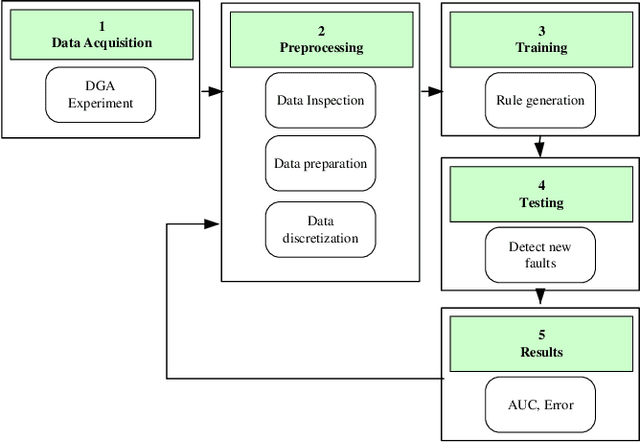

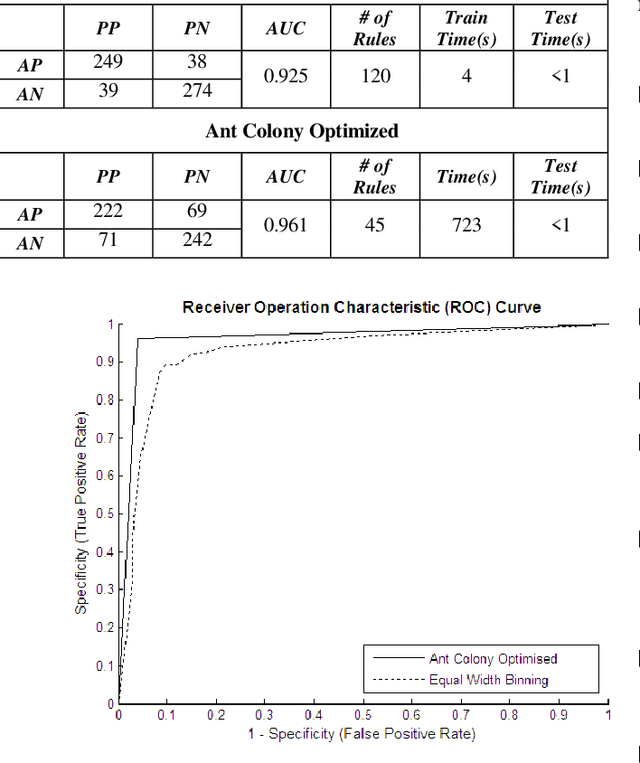
Abstract:Most transformer failures are attributed to bushings failures. Hence it is necessary to monitor the condition of bushings. In this paper three methods are developed to monitor the condition of oil filled bushing. Multi-layer perceptron (MLP), Radial basis function (RBF) and Rough Set (RS) models are developed and combined through majority voting to form a committee. The MLP performs better that the RBF and the RS is terms of classification accuracy. The RBF is the fasted to train. The committee performs better than the individual models. The diversity of models is measured to evaluate their similarity when used in the committee.
Missing Data using Decision Forest and Computational Intelligence
Dec 09, 2008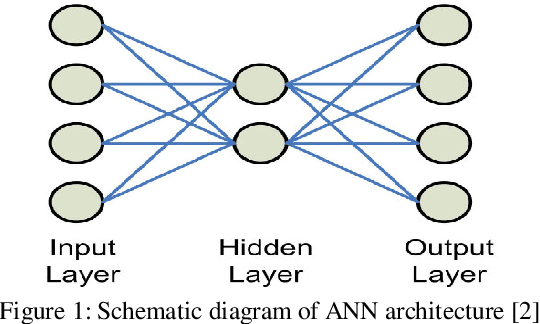
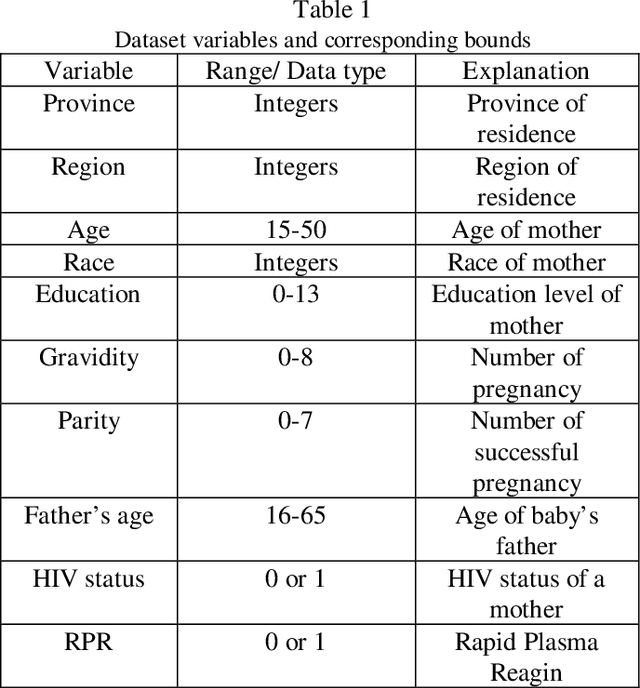
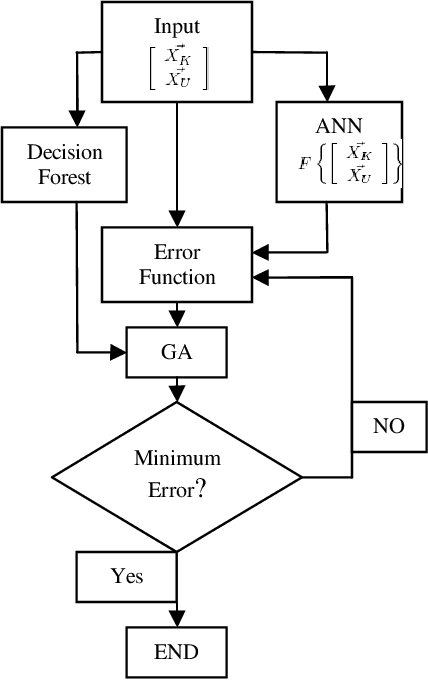
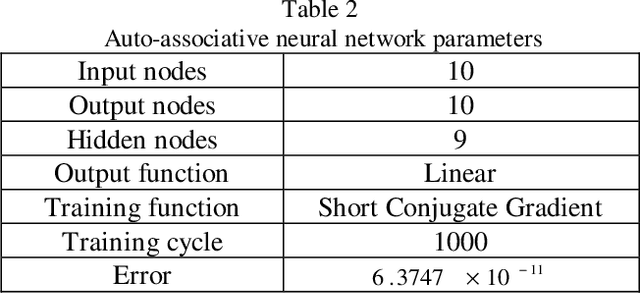
Abstract:Autoencoder neural network is implemented to estimate the missing data. Genetic algorithm is implemented for network optimization and estimating the missing data. Missing data is treated as Missing At Random mechanism by implementing maximum likelihood algorithm. The network performance is determined by calculating the mean square error of the network prediction. The network is further optimized by implementing Decision Forest. The impact of missing data is then investigated and decision forrests are found to improve the results.
Land Cover Mapping Using Ensemble Feature Selection Methods
Nov 13, 2008
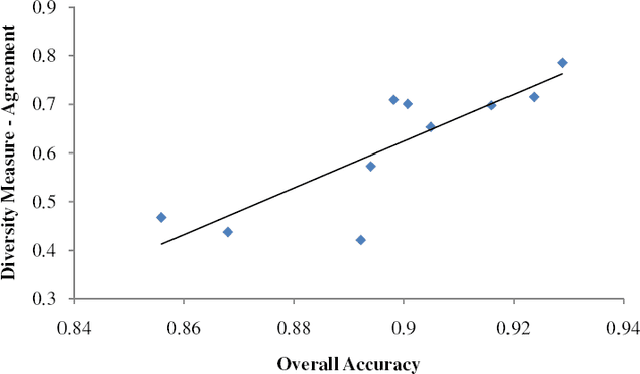
Abstract:Ensemble classification is an emerging approach to land cover mapping whereby the final classification output is a result of a consensus of classifiers. Intuitively, an ensemble system should consist of base classifiers which are diverse i.e. classifiers whose decision boundaries err differently. In this paper ensemble feature selection is used to impose diversity in ensembles. The features of the constituent base classifiers for each ensemble were created through an exhaustive search algorithm using different separability indices. For each ensemble, the classification accuracy was derived as well as a diversity measure purported to give a measure of the inensemble diversity. The correlation between ensemble classification accuracy and diversity measure was determined to establish the interplay between the two variables. From the findings of this paper, diversity measures as currently formulated do not provide an adequate means upon which to constitute ensembles for land cover mapping.
Relationship between Diversity and Perfomance of Multiple Classifiers for Decision Support
Oct 21, 2008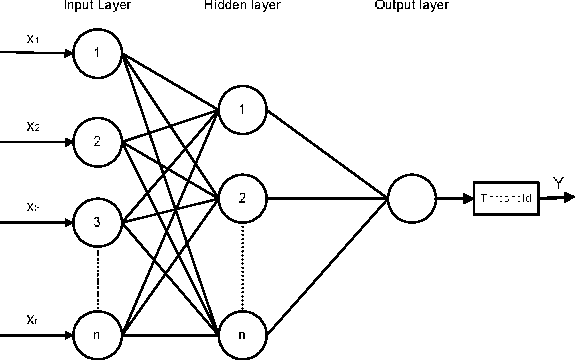
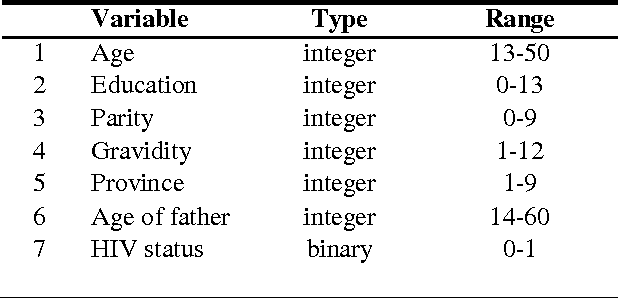
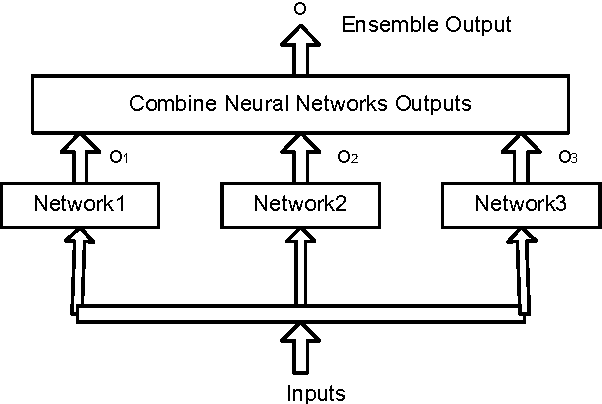
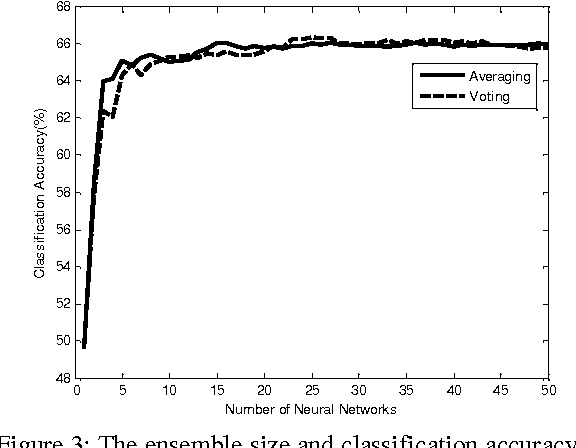
Abstract:The paper presents the investigation and implementation of the relationship between diversity and the performance of multiple classifiers on classification accuracy. The study is critical as to build classifiers that are strong and can generalize better. The parameters of the neural network within the committee were varied to induce diversity; hence structural diversity is the focus for this study. The hidden nodes and the activation function are the parameters that were varied. The diversity measures that were adopted from ecology such as Shannon and Simpson were used to quantify diversity. Genetic algorithm is used to find the optimal ensemble by using the accuracy as the cost function. The results observed shows that there is a relationship between structural diversity and accuracy. It is observed that the classification accuracy of an ensemble increases as the diversity increases. There was an increase of 3%-6% in the classification accuracy.
The use of entropy to measure structural diversity
Oct 20, 2008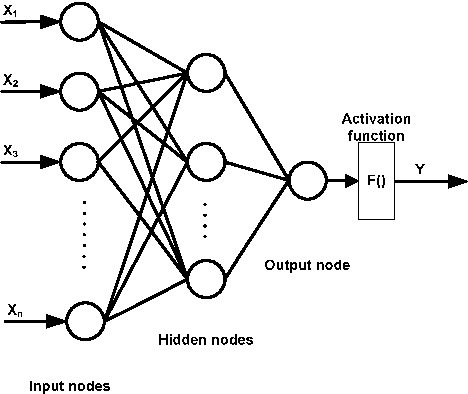
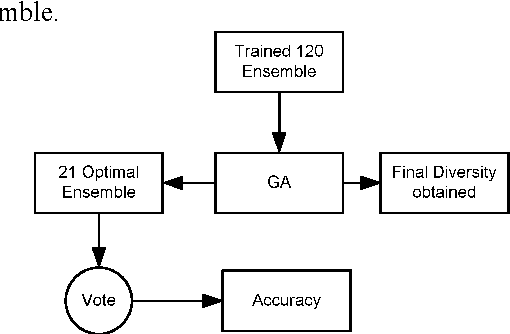
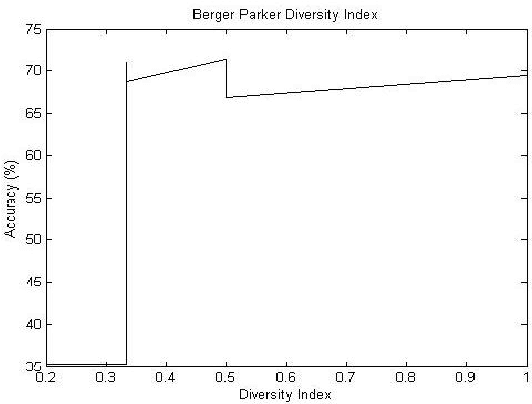
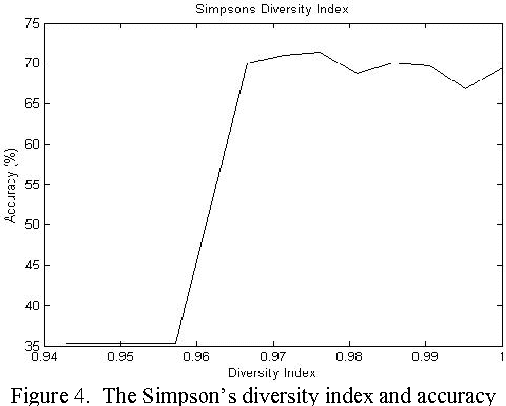
Abstract:In this paper entropy based methods are compared and used to measure structural diversity of an ensemble of 21 classifiers. This measure is mostly applied in ecology, whereby species counts are used as a measure of diversity. The measures used were Shannon entropy, Simpsons and the Berger Parker diversity indexes. As the diversity indexes increased so did the accuracy of the ensemble. An ensemble dominated by classifiers with the same structure produced poor accuracy. Uncertainty rule from information theory was also used to further define diversity. Genetic algorithms were used to find the optimal ensemble by using the diversity indices as the cost function. The method of voting was used to aggregate the decisions.
 Add to Chrome
Add to Chrome Add to Firefox
Add to Firefox Add to Edge
Add to Edge